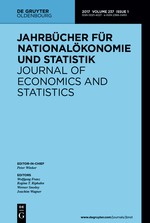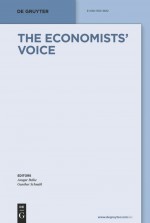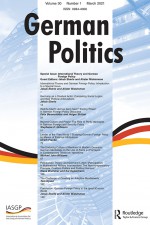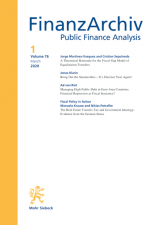Twenty Years of European Central Bank Monetary Policy: A Keynesian and Austrian Perspective

This article reviews how the European Central Bank (ECB) implemented its monetary policy for the euro area from 1999 to 2018 from two perspectives. Taking a Keynesian point of view, the euro area economy was beset for a long time by secular stagnation and required the ECB to ensure a protracted period of relatively low interest rates to provide continuous support to aggregate demand at the level of the Economic and Monetary Union (EMU). By contrast, the Austrian School of Economics argues that the low-interest rate bias of the ECB caused financial excesses and prevented a more rapid reallocation of unviable resources necessary for a sustainable expansion of aggregate supply. Both the Keynesian and the Austrian paradigm appear relevant when examining the monetary and financial aspects of the euro area business cycle and the secular decline of interest rates over the past 20 years. For most of the time, ECB monetary policy was the ‘only game in town’ and the EMU architecture was unable to deliver the balanced macroeconomic and financial policy mix required for a sustainable path of the euro area economy.








